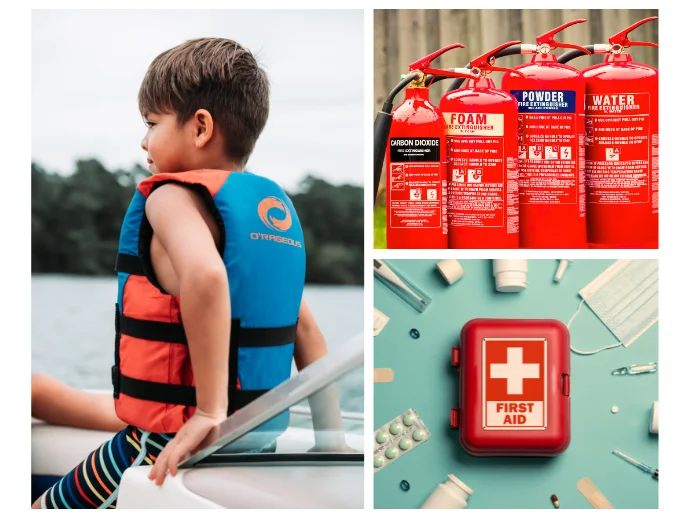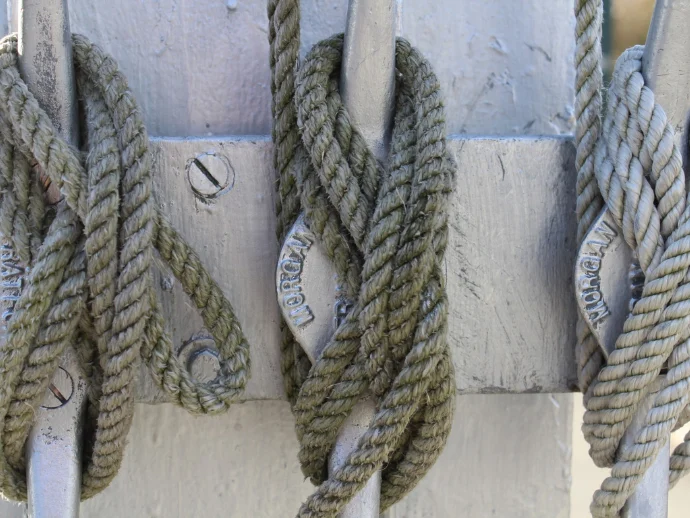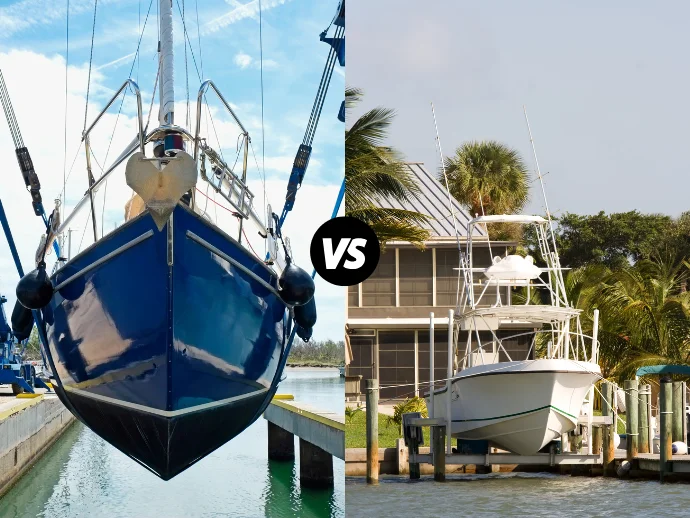
Owning a boat is exciting. However, it comes with a responsibility. The water can be highly unpredictable. So, proper preparation is critical. Whether you are heading out for a short trip or a full day at sea, you must have the right items on your boat.
This guide offers a complete boat checklist. It includes different elements, like safety equipment, maintenance tools, comfort items, etc. In short, your time on the water becomes safer and more enjoyable with proper gear.
Why You Need A Boat Checklist
Boating requires proper planning. Plus, you cannot stop for supplies in the middle of the water like a car. A forgotten item could lead to a canceled trip. Also, you can face a dangerous situation.
Whether you are a new or experienced boater, a checklist will reduce your stress and keep your focus on fun and safety.
1. Safety Essentials
Safety should be the top priority for every boat owner. These items are required by law. They protect you and your passengers in emergencies.
Items to include:
- Life Jackets: One for each person. Also, make sure they fit properly.
- Throwable Flotation Device: It can be a cushion or a ring buoy.
- Fire Extinguisher: It must be marine-rated and charged properly.
- Sound-Producing Device: You can keep a horn or whistle.
- Flares or Visual Distress Signals: It is required for many types of boats.
- First Aid Kit: It includes bandages, antiseptics, seasickness remedies, etc.
- Navigation Lights: You must check them and make sure that they work, even during day trips.
These should be stored in easy-to-reach places. Test them before every trip.
2. Navigation Tools
Even if you plan to stay close to shore only, weather or mechanical issues can take you off course. So, it is important to have basic navigation tools with which you can return safely.
Here are some critical must-haves:
- Marine GPS or chartplotter
- Compass as backup
- Updated paper charts
- Tide tables and local boating maps
- Binoculars to scan ahead
On top of these, you should carry a notepad and a pencil to write down coordinates or emergency info. Never rely on one device alone, as batteries can die and electronics can fail.
3. Communication Equipment
Being able to call for help can save lives. Even in areas with mobile service, marine radios are more reliable.
Include:
- VHF radio with weather alert features.
- A charged mobile that is stored in a waterproof case.
- Emergency locator beacon (EPIRB), especially for offshore trips.
- Extra batteries or a power bank.
Practice using your VHF radio before you need it. Know how to send a distress signal and use channel 16, the emergency channel.
4. Mechanical Tools and Spare Parts
Breakdowns can happen. A few basic tools and spares can help you solve small problems without cutting the trip short.
Your toolbox should contain:
- Screwdrivers, wrenches, and pliers
- Duct tape and electrical tape
- Spare fuses and light bulbs
- Engine oil and coolant
- Extra fuel filter
- Zip ties and hose clamps
- Spark plugs
So, know your boat’s basic systems. In case you cannot fix it on your own, these tools may still help a rescuer assist you properly.
5. Anchoring and Docking Gear
It is critical to bring this gear even if you are not planning to anchor. You may need to stop unexpectedly due to weather, fishing, engine issues, etc.
Checklist:
- Anchor with an appropriate chain and rope
- Dock lines and fenders
- Boat hook
- Mooring lines
Make sure your anchor is suitable for the seabed where you plan to boat. Test it on different occasions to make sure that it holds firm.
6. Comfort And Protection Items
Being prepared will add more comfort to safety. Sun, wind, water, etc., can cause discomfort or even health problems. The right supplies allow everyone to enjoy the ride.
Include items:
- Sunscreen and hats
- Sunglasses with straps
- Lightweight, waterproof clothing
- Towels and dry bags
- Blankets or jackets for cool weather
- Extra drinking water
- Snacks or packed meals
- Seasickness medication
If you’re boating with kids or pets, pack extra items like baby wipes, shade umbrellas, etc.
7. Cleaning And Waste Management
Cleanliness keeps your boat in good condition. It prevents any harm to the environment. Also, you must follow the waste management rules for your location.
Here are some items to carry:
- Trash bags and recycling bags
- Biodegradable soap
- Deck brush and sponge
- Portable toilet (if no onboard restroom)
- Toilet chemicals and holding tank supplies
- Wipes or hand sanitizer
You should dispose of the waste when you return to shore properly. This keeps waterways clean and your boat fresh for the next trip.
8. Weather and Emergency Prep
The weather can change fast. Staying alert keeps you ahead of storms or rough water. Be ready for the unexpected.
You can include:
- Weather app or marine weather radio
- Extra clothing layers
- Emergency paddle or oars
- Manual bilge pump
- Waterproof flashlight and batteries
- Reflective tape on gear
- Emergency whistle
Even if the skies are clear when you launch, check the forecast hourly. Some small changes in wind or clouds may mean trouble is coming.
9. Registration and Documentation
Never leave without your boat’s papers. Law enforcement officers may stop you. If something goes wrong, you may need to show your credentials.
Here are the documents that you have to carry:
- Boat registration papers
- Boating license or certificate
- Proof of insurance
- Towing service contact info
- Radio license (if required)
- Emergency contact list
Keep these in a waterproof pouch. Store them in a dry, secure place that you can access quickly.
Checklist For Specific Trips
Every trip is different. You might go fishing, overnight camping, etc. So, it is best to add items based on your plan.
Add-ons might include:
- Fishing rods, bait, and licenses, etc.
- Sleeping bags and tents (for camping)
- Grill or portable stove
- Extra fuel
- Paddleboards or snorkel gear
Customize your boat checklist to make sure that you are ready for any type of trip. On top of this, update it based on the weather, destination, etc.
How To Use Your Boat Checklist
Print a copy and laminate it. Keep it on your boat or in your boating bag. Before each trip, go down the list one item at a time.
Involve your crew or family. Give each person a section to check. This builds habits and shares responsibility.
Update the checklist once or twice a season. On top of this, you have to add new tools or replace the damaged items. A good boat checklist is always changing with your needs and the condition of the boat.
The Bottom Line
Owning a boat is more than enjoying the open water. It’s about keeping the boat and everyone safe. Plus, you have to keep the boat ready for every trip. The best way to do all this is to create a list and follow it properly.
It may take time to build the perfect list. Once you have it, your boating life will run smoothly. You’ll spend less time worrying and more time having fun. So, before you head out again, take five minutes. Run through your checklist. Check every box. Then, set sail with confidence.


